The Lamb shall soon stand / White as a shout against the sky: / His feet shall soon strike rainbows from the rock.
November 23: St. Clement's Day (Clementide Welcome | Printables)
O martyrs! O tremendous prisoners!
Burying your murder in this marble hill!
The Lamb shall soon stand
White as a shout against the sky:
His feet shall soon strike rainbows from the rock.
The cliffs give up their buried streams.
Throw down the chains of your wrists, prisoners!
Drink, and swim!Thomas Merton, excerpt, “From the Legend of St. Clement”
Now that we’ve passed through Hallowtide and have settled solidly into November, it feels like a shift has happened in our landscape; the Anglo-Saxons considered this to be the start of winter1, and that transition makes sense when I walk through the fields and the woods here. The leaves are falling in droves, geese and ducks are stopping for respite in the pond…all the winter squash is harvested (and often getting tucked in at night when the weather freezes), and the crops remaining for harvest are steadfast brassicas and roots like carrots. In between rain-wet grazing, the sheep nestle into their shelter’s dry hay and fill out their thick winter coats; and, like them, we’re alternating between warmth & cold…soups of root crops & hardy greens, fires in the stove bracing us as we give way to winter.
At the end of November, we’ll celebrate St. Clement’s Day: a harvest feast of winter staples, made especially comforting with bright citrus (in-season, precious winter delicacies this time of year) contrasting the cold, rainy weather. An opportunity to look to the lessons of this season for our daily bread - as well as the extra graces that befall us, like the miracle of a juicy orange in the midst of winter chill, or the filling out of a wooly coat against the cold.
This month, I’ll be bringing you with me as we delve into St. Clement’s Day together, through age-old traditions that can bear fruit and serve as anchors of faith both in our homes and in our communities.
We’ll get to know Clement a bit today, and upcoming posts will explore the ways earlier cultures celebrated him through their agricultural lens - and how that woven celebration can still translate to our modern lives.
Lambs, Founts, and Anchors
On November 23, the Church punctuates the march of winter days by marking the life and witness of St. Clement I (35-99 AD) - bishop of Rome, thought to have been consecrated by St. Peter himself.
From the authorship of St. Clement, we have one epistle (and perhaps also a homily)2 addressed to the church at Corinth. Neither of these were placed into the New Testament canon, but they’re remarkable glimpses into the very early church, as well as humbling reflections of the faith of a convert taken under the wing of St. Peter. Clement closes his epistle with this prayer:
Finally, may the All seeing God and Master of spirits and Lord of all flesh, who chose the Lord Jesus Christ, and us through Him for a peculiar people, grant unto every soul that is called after His excellent and holy Name faith, fear, peace, patience, long-suffering, temperance, chastity and soberness, that they may be well pleasing unto His Name through our High priest and Guardian Jesus Christ, through whom unto Him be glory and majesty, might and honor, both now and for ever and ever. Amen. (1 Clement 64:1)
We also know St. Clement from Paul’s letter to the Philippians:
I entreat Euodia and I entreat Syntyche to agree in the Lord. Yes, I ask you also, true companion, help these women, who have labored side by side with me in the gospel together with Clement and the rest of my fellow workers, whose names are in the book of life.
Philippians 4:2-3 (ESV)
As is so often the case, we see Clement’s witness borne out through story and legend that became woven through popular imagination. In Jacobus de Voragine’s Golden Legend (a Medieval collection of hagiographies), we see a Clement who is tragically separated from his family and also miraculously reunited…a philosophical, visionary convert with a heart for service to the poor, steadfast in faith and leadership, even to the point of martyrdom.
And we see a man of faithful attentiveness - looking with visionary depth into the people and landscape surrounding him, alert to the presence of God:
“And when he understood of them that they fetched water six miles thence, and bare it upon their shoulders, he said to them: Let us all pray unto our Lord that he open to us, his confessors in this place here, the veins of a fountain or of a well, and that he that smote the stone in desert of Sinai and water flowed abundantly, he give to us running water so that we may be enjoyed of his benefits.
“And when he had made his prayer, he looked here and there, and saw a lamb standing which lifted up his right foot and showed a place to the bishop and he understanding that it was our Lord Jesus Christ, whom he only saw, went to the place and said: In the name of the Father and of the Son and of the Holy Ghost, smite in this place.
“And when he saw that no man would smite in the place where the lamb stood, he took a little pickaxe, and smote one stroke lightly in the place under the foot of the lamb, and anon a well or a fountain sprang up and grew into a great flood. Then unto all them joying, St. Clement said: ‘The coming of the flood gladdeth the city of God.’…”
Excerpt from The Golden Legend: Life of Saint Clement by Jacobus de Voragine

Exiled by Trajan and ministering to his fellow prisoners at a marble quarry, where he saw Christ in a lamb and satiated thirsty prisoners, St. Clement’s virtuous leadership eventually spelled his martyrdom. He was taken to sea, tied to an anchor, and thrown overboard.
When his disciples prayed for his body to be revealed, the sea retreated - revealing a temple, with St. Clement’s remains next to the anchor that drew him to the seafloor. Years after, on the anniversary of his death, the sea would retreat and again reveal the site of Clement’s death.

The anchor became emblematic of St. Clement’s faith3, as is the redemptive way of symbolism in Christianity - he was adopted by seafarers as their patron, with the instrument of his death being transformed into a mark of hope & steadfastness. By extension, blacksmiths and farriers looked to Clement as their patron, too.
Art + Resources
In the Middle Ages (& a bit beyond), laity would nourish their faith practice with beautifully-illuminated manuscripts called Books of Hours. These books served as a pattern of prayer for days, months, and years; they usually opened with a series of calendars, since timekeeping, after all, was honored as a sacred pursuit during that era.
Inspired by this tradition, I have a new printable (the first in a series!) for my paid subscribers - a November calendar page, inspired especially by the design of the Huth Hours (painted by Simon Marmion ca. 1480). The calendar pages of the Huth Hours feature miniature scenes representing the labors of the month: farming tasks that defined the major work of that particular month.
I’ve adapted that idea to focus-in on one particular feast for the month, letting it guide the design of the calendar page…and for November, of course, St. Clement leads the way this time around!

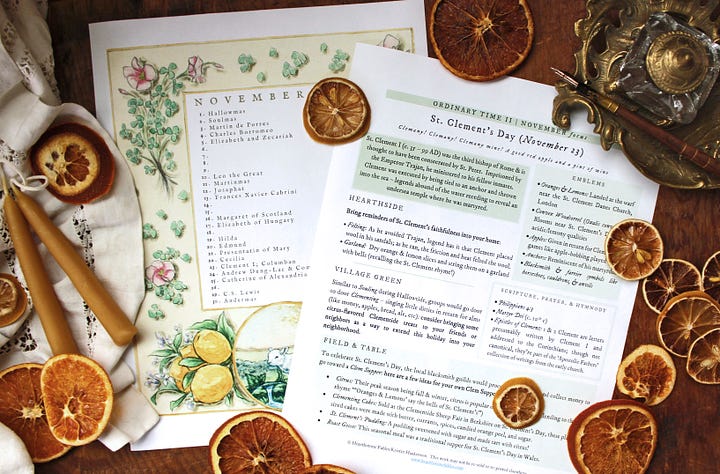

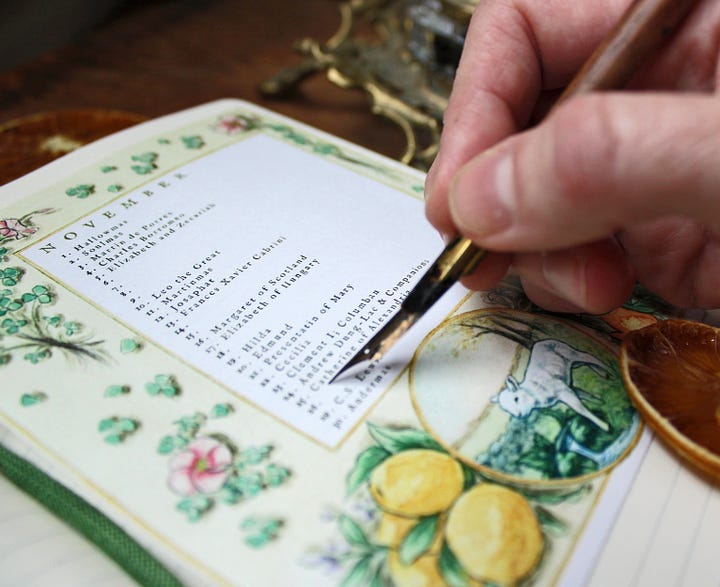
I’m including two sizes of the calendar (in case you want to tape a smaller one into your notebook or planner), as well as a blank version so that you can write in the feasts specific to your denomination, and include family feasts as well!4
And, since this November calendar is zooming-in on St. Clement’s Day, I’ve created a quick-reference sheet you can tuck into your binder. You could print it on the back of the calendar and stick it to your fridge as an easy-access reminder!
Head over to the Scriptorium to find your Clementide printables:
I also have prints available of this whimsical Clementide wreath - featuring emblems representing St. Clement and the traditions embodying his feast day.

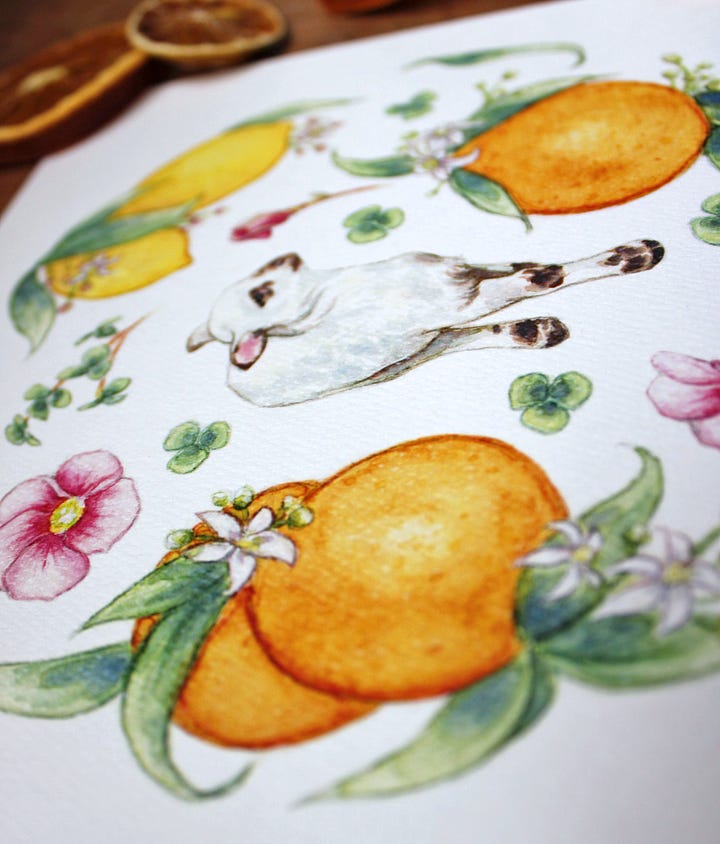
I’ll be back to dive in deeper to St. Clement’s Day traditions, but in the meantime, I’d love to hear how your November is going; transitioning to winter can be a challenging time, but it’s a joy to get to walk through these fruitful holidays with you amidst it all!
Pax vobis,
Kristin
If you’d like to make a one-time donation, I have a PayPal Tip Jar - please know that I’m so grateful for your monetary support, which really does help me continue to do this work that I’m so passionate about!
For those who are able to support a monthly or annual paid subscription, I offer occasional new printables, extra posts, and access to my whole library of printables: the Scriptorium. I’m so grateful for your generosity, which helps to support my work through the purchase of additional books for research, art supplies, and more!
Hearthstone Fables is a reader-supported publication. To receive new posts and support my work, consider becoming a free or paid subscriber.
Subscribed
For more reflections and perspectives on the liturgical year, please visit Signs + Seasons: a liturgical living guild!
For an excellent book talking about the Anglo-Saxon calendar, read Dr. Eleanor Parker’s Winters in the World!
1 & 2 Clement are part of the Apostolic Fathers collection. The first epistle is one of the earliest pieces of Christian writing that we still have, and is generally thought to have been composed by Clement; the authorship of 2 Clement (not actually an epistle, but actually a homily) is more questionable.
See St. Clement’s Cross, aka Mariner’s Cross
I’m only including fixed feasts in this calendar, so it can be re-used for years; you can pencil-in movable feasts, like Christ the King for November 26, 2023!






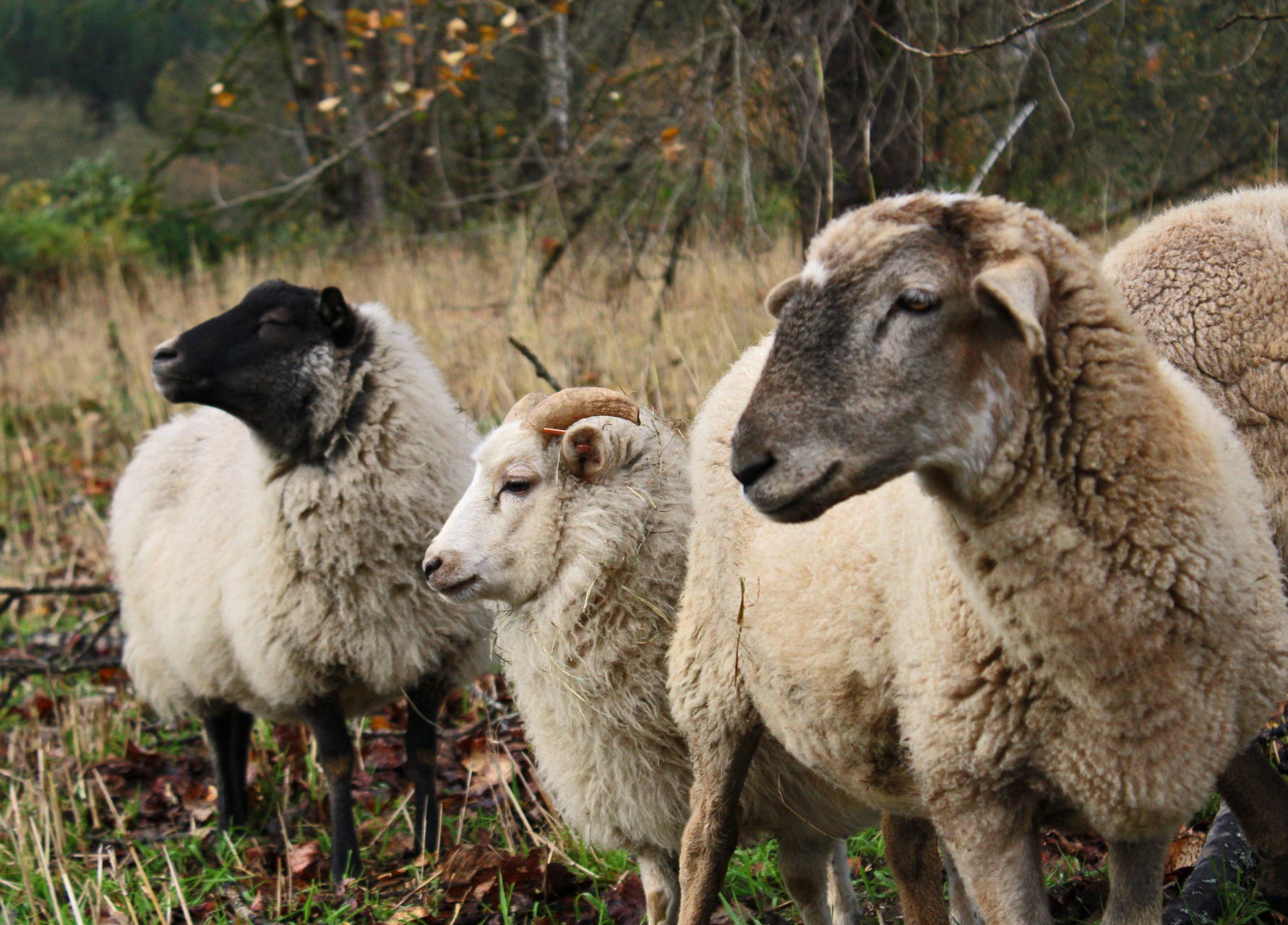
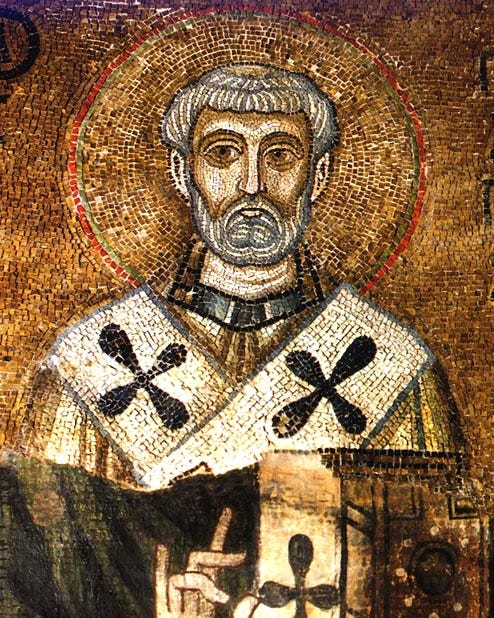
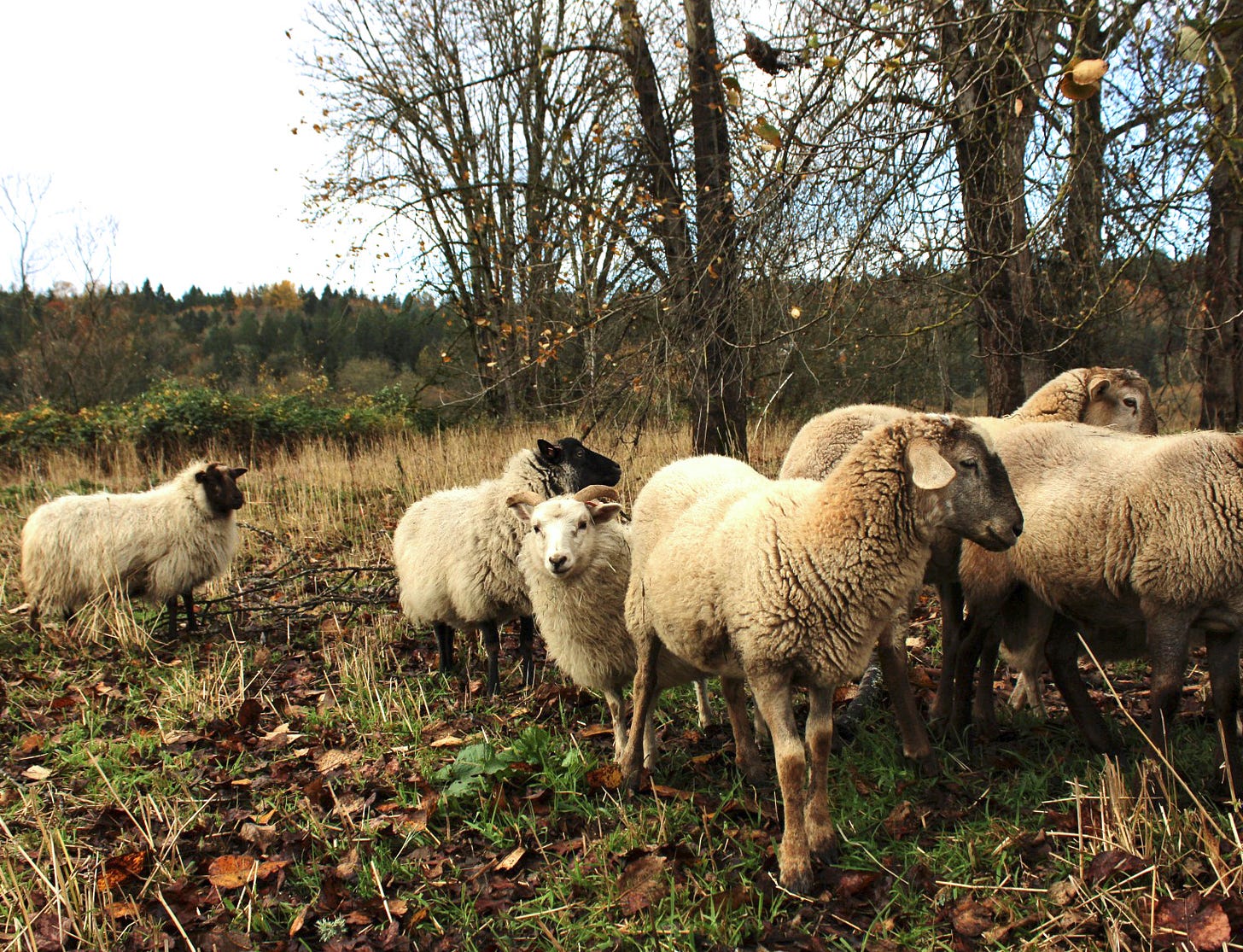
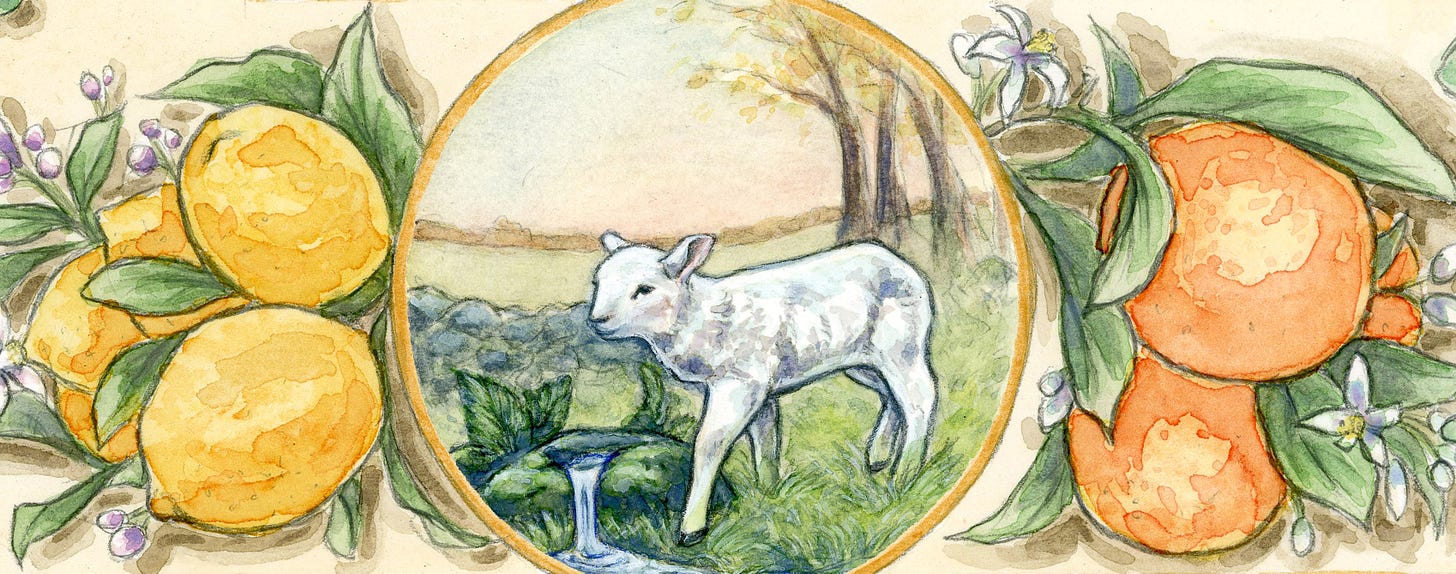


Also: do we think his name was literally Clement or this was like his churchy name? What language do we think he spoke when he wasn't writing?
I'd love to hear more about whatever Greek word was translated as "peculiar" in the early quote!